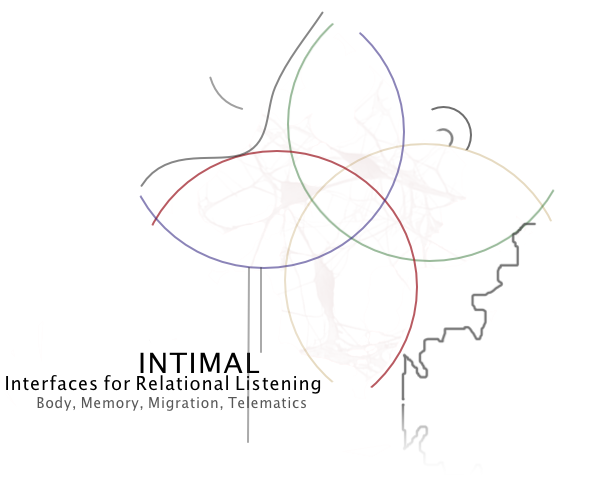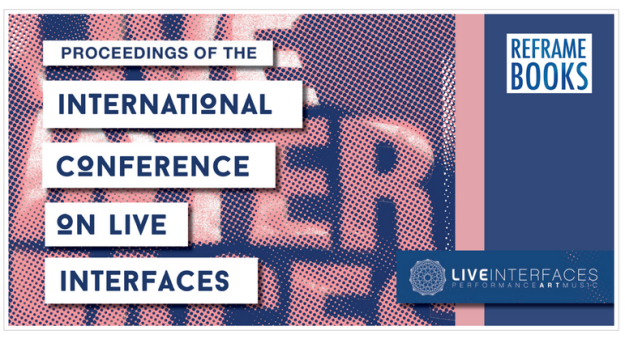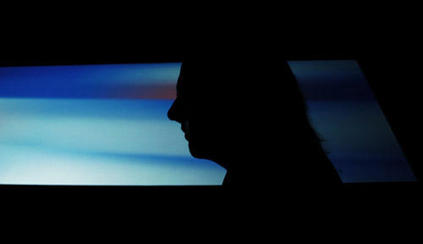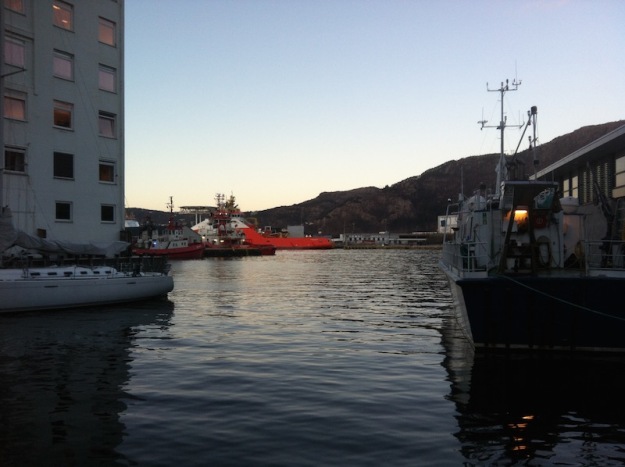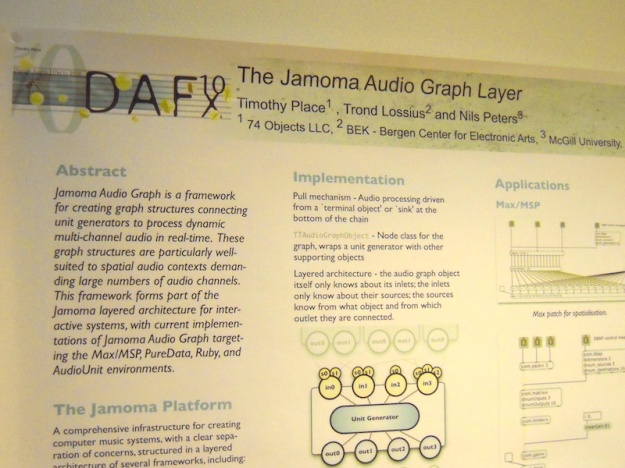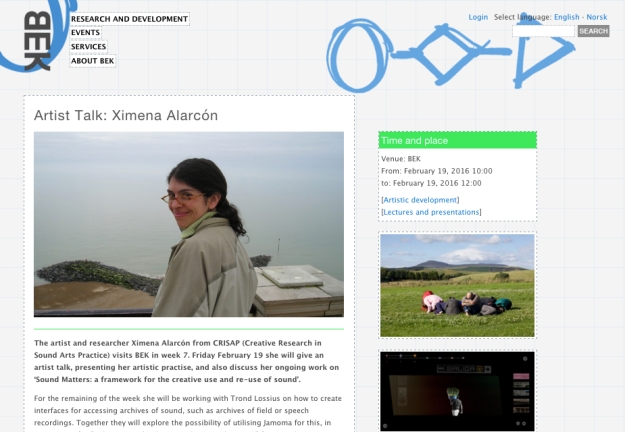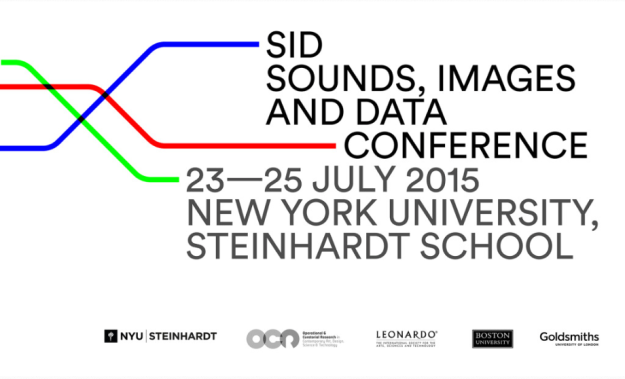Sound Matters project and our pitch in JISC second Sandpit at the Imperial College of London received a wonderful review by Angus Whyte on the Digital Curation Centre blog. Here we are posting the fragments when he refers to the project Sound Matters:
“The Sound Matters project grabbed my attention for the way it has developed its framework for archiving and reusing sound recordings. It’s aim is to facilitate “interrogation and relational playback of sound in its own terms”, as described on the project blog. The focus is on humanities researchers who use fieldwork to gather sounds and speech.
The project started with a straightforward and elegant model for understanding these researchers’ interactions with archived recordings. What really impressed me was the effort that has gone into working with this interdisciplinary community to take the framework further. This has ranged from interviews and a co-design event to an online community event, which was publicised through social media and used ‘virtual board’ Mural.ly to capture comments on the framework. This then fed into a co-design event. There’s a lovely video here https://vimeo.com/133219234 with a foretaste of prototypes to come if, as I hope, they get further support. Maybe there’s something about the medium conveying the message in a more interesting way, or maybe it’s the embedding of a remix and reuse culture in this discipline. Whatever the key ingredients, this project seems to me to effortlessly make the case for putting RDM support in the hands of researchers who really understand what it takes to make their work reusable. ”
Later on his post he states:
“Personally I was interested in how much genuine co-design has been carried out, and would be going forward. To what extent are the teams using any process to “empower, encourage, and guide users to develop solutions for themselves” (1). The overviews on day one gave a little more indication of that than the pitches. So I didn’t find it particularly easy to tell, but if I was dishing out prizes (and excluding projects with any DCC involvement) four projects stood out as having engaged most with their prospective users and stakeholders;
- Sound Matters
- Enabling Complex Analysis
- Unlocking Thesis Data
- Integrated RDM for Small and Specialist Institutions”
– See more at: http://www.dcc.ac.uk/blog/jisc-research-data-spring-takes-its-next-leap-forward#sthash.emOdU5t1.dpuf
We are grateful with this positive review of our work. Although this time JISC didn’t fund our second stage, we are pleased with the first stage of the project and the work that has been developed. We are listening to the funding environment and keep moving forward and revising our goals for more opportunities to come.
We are opening an email list and inviting all the collaborators to be part of our network. We had a very intense time of discussion and collaboration that would like to continue!
Here you can download a full report of the first stage of the project:
Click to access SoundMatters_report1.pdf
We are also part of the reading list of Research Data Spring JISC funded projects:
http://researchdata.jiscinvolve.org/wp/2015/09/14/research-data-spring-reading-list/
Thanks to all collaborators for the hard work!
Sound Matters Team
